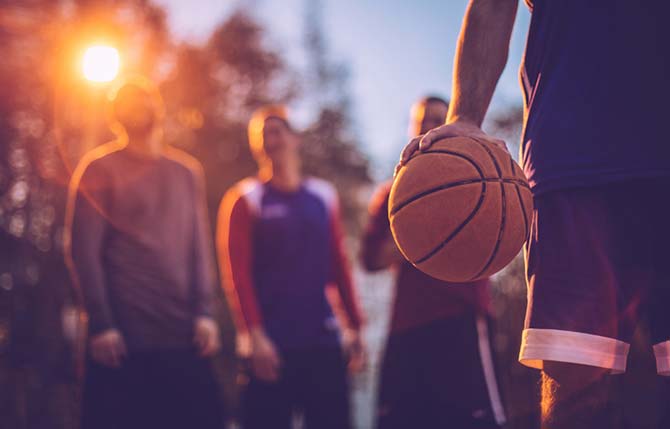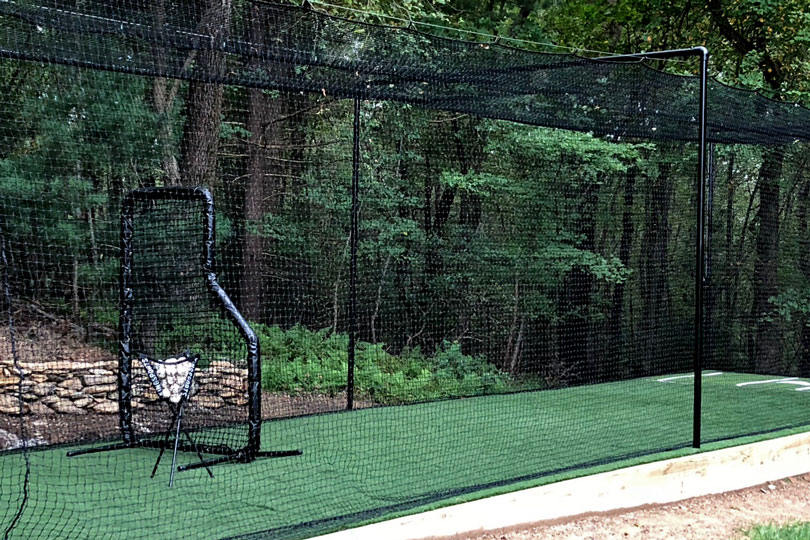How Basketball Training Frequency Impacts Skill Development

Developing proficiency in basketball requires more than just natural talent. Consistent practice, deliberate skill-building exercises, and strategic planning play crucial roles in a player’s growth. One of the most significant factors influencing improvement is basketball training frequency. How often players train, the intensity of those sessions, and the structure of practice routines all contribute to skill development, performance consistency, and long-term success on the court. Understanding the impact of basketball training frequency can help athletes, coaches, and enthusiasts design effective training programs that maximize potential and minimize the risk of burnout or injury.
The Role of Consistency in Skill Acquisition
Repetition is a cornerstone of learning in sports. Basketball skills such as shooting, dribbling, passing, and defensive positioning require frequent practice to become second nature. A higher basketball training frequency allows players to engage with these fundamental skills regularly, reinforcing proper techniques and improving muscle memory.
For example, consistent practice of free throws and three-point shots strengthens neural pathways, making it easier for players to perform under pressure during games. Similarly, repetitive dribbling drills improve hand-eye coordination, ball control, and decision-making speed. When athletes practice with adequate frequency, they can identify weaknesses, correct mistakes, and gradually refine their movements, which is essential for skill mastery.
However, it is not just the number of practice sessions that matters; the quality of each session is equally important. Focused, deliberate training with well-defined goals enhances the benefits of frequent practice. This means incorporating structured drills, game simulations, and feedback mechanisms to ensure that every session contributes meaningfully to skill development.
Balancing Intensity and Recovery
While increasing basketball training frequency can accelerate improvement, overtraining is a potential risk. Too many high-intensity sessions without adequate rest can lead to fatigue, decreased performance, and even injury. Striking a balance between training frequency and recovery is essential for sustainable development.
Recovery periods allow muscles to repair, energy stores to replenish, and the nervous system to process newly learned skills. This balance helps prevent burnout and keeps players motivated over the long term. Coaches and athletes must design training schedules that incorporate both high-intensity skill drills and low-impact recovery sessions. For example, alternating between shooting drills, conditioning exercises, and light skill-focused practice can maintain training frequency without overwhelming the body.
Additionally, integrating cross-training activities such as agility drills, strength conditioning, and flexibility exercises can complement basketball-specific practice. These activities not only improve overall athleticism but also reduce the risk of repetitive strain injuries, supporting consistent skill development even with frequent training.
Customizing Training Frequency by Skill Level
Basketball training frequency should be tailored to an athlete’s age, experience, and developmental goals. Younger or beginner players often benefit from shorter, more frequent sessions that emphasize fundamental skills and basic game understanding. These sessions allow them to practice regularly without fatigue while gradually building confidence and competence.
Intermediate and advanced players, on the other hand, may require longer or more intense sessions to refine advanced techniques, strategic thinking, and endurance. High-level athletes often integrate multiple daily practices, including on-court skill development, team drills, and individual conditioning. At this stage, the focus shifts from simply learning new skills to perfecting execution, decision-making under pressure, and maintaining peak physical condition.
Coaches can assess performance and adjust basketball training frequency based on progress, recovery, and upcoming competition schedules. Periodization, which involves planning training cycles with varying intensity and focus, allows athletes to maintain high-frequency practice while optimizing growth and reducing the risk of overtraining.
Monitoring Progress and Adjusting Schedules
An effective basketball training program considers not only frequency but also measurable outcomes. Tracking improvements in shooting accuracy, dribbling speed, defensive effectiveness, and endurance helps players and coaches evaluate whether the current training frequency is yielding results.
Feedback during and after practice sessions is crucial. Video analysis, skill assessments, and performance metrics can identify areas that require more attention, guiding adjustments to practice frequency or focus. For instance, a player struggling with free-throw accuracy may benefit from additional short, targeted sessions specifically for shooting practice. Conversely, a well-rounded improvement may allow for slightly reduced training frequency to focus on recovery and mental preparation.
Flexibility in training schedules also accounts for external factors such as academic commitments, work, travel, and personal life. Maintaining consistency in practice while accommodating real-world demands ensures that training frequency is sustainable and effective over the long term.
Long-Term Impact on Performance and Competitiveness
The cumulative effect of appropriate basketball training frequency extends beyond individual skills. Regular, well-structured practice builds endurance, mental toughness, teamwork, and game intelligence. Players become more confident, adaptable, and resilient, which translates into better performance during competitive games.
In team settings, synchronized practice schedules allow for better chemistry, understanding of plays, and coordination between teammates. When individual players maintain consistent training frequency, they contribute more effectively to overall team performance, creating a cohesive and competitive unit.
Furthermore, frequent skill engagement fosters a growth mindset, encouraging athletes to continually challenge themselves and embrace continuous improvement. Over time, the combination of consistent practice, strategic recovery, and targeted skill development leads to higher levels of expertise, making athletes more competitive and capable of performing under pressure.


